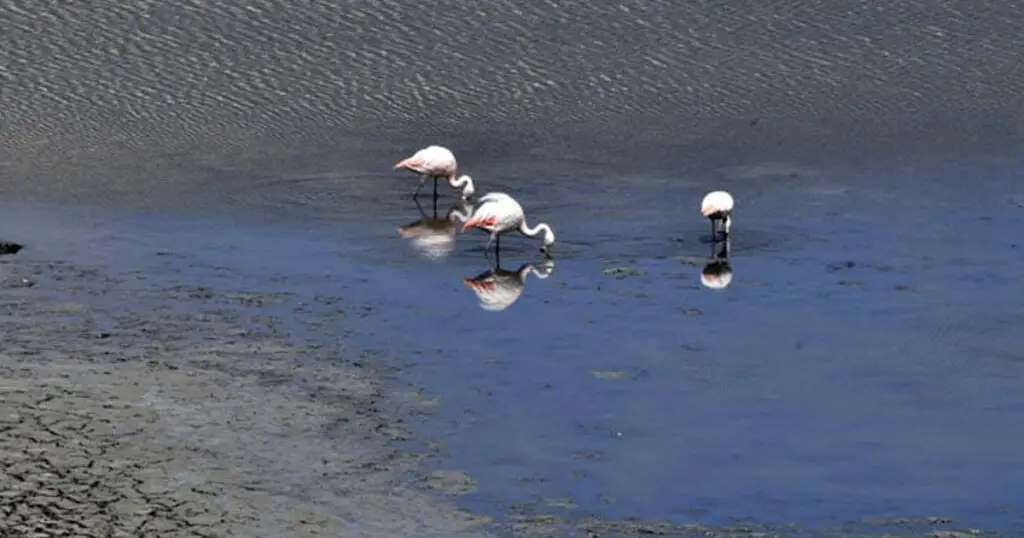
Pakistan faces severe repercussions from the broad spectrum of challenges imposed by climate change, which also imperils its avian populace. Dr. Muhammad Azhar, a wildlife expert, has sounded the alarm on how climate change adversely affects bird habitats due to their sensitivity to environmental disturbances.
Disturbingly, if temperatures rise by 3.5°C in the next century, a staggering 600 to 900 bird species could face extinction, with a staggering 89% of these losses concentrated in tropical regions. Alarmingly, even common birds like sparrows, often overlooked, are rapidly dwindling in numbers, according to a report by WWF (World Wide Fund for Nature).
Tropical mountain birds, exemplified by the northern snowbird, confront heightened vulnerability to climate change due to their limited access to higher altitudes for cooler conditions, as Dr. Azhar points out. The significance of birds in ecosystems becomes evident as they play vital roles in human health, public hygiene, pest control, and plant reproduction.
Climate change’s patterns exacerbate temperature fluctuations and impose a severe threat to biodiversity due to reduced metabolic rates. Sparrows, already listed on the International Union for Conservation of Nature (IUCN) ‘Red List’ of Threatened Species, witness a precarious decline in their numbers.
IUCN Country Manager Mahmood Akhtar Cheema highlights the absence of sparrows on the Red List in Pakistan due to a lack of population assessment. Climate change further triggers advanced spring migration, habitat alterations, disease spread, earlier egg-laying, diminished food availability, and population declines.
Highly and moderately vulnerable bird species may lose more than half of their current geographic range, necessitating the search for suitable habitats in response to changing climate conditions. The correlation between climate change and birds becomes increasingly evident, impacting their habitats, migration timing, and even body sizes and shapes.





